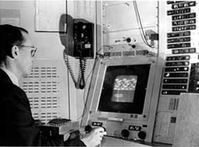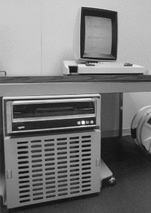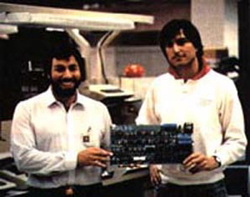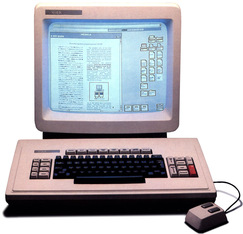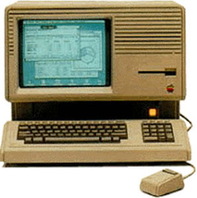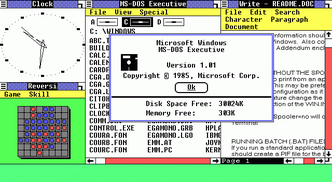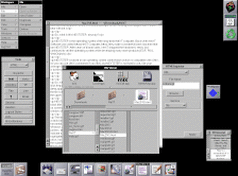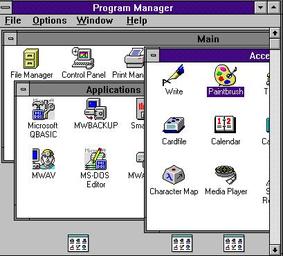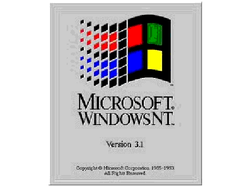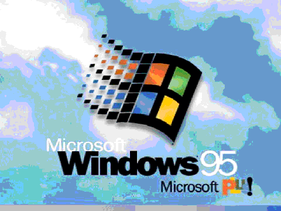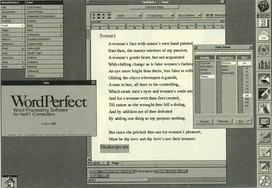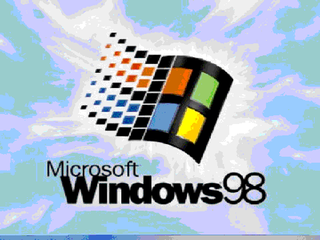Timeline of GUI Achievements
"Indeed, it would not be an exaggeration to describe the history of the computer industry for the past decade as a massive effort to keep up with Apple."-Byte Magazine 1994
|
1962
- Sketchpad is developed at MIT by Ivan Sutherland. 1964
- The first mouse-like pointing device is created by Douglas Engelbart at SRI International, and further developed at Xerox PARC in the 1970s. 1969
- Alan Kay develops the concept of GUI in his dissertation research at the University of Utah. The GUI concept is realized in his later work at Xerox PARC. 1973
- The Alto, the first computer to have a modern graphical user interface, is born at Xerox PARC. - Dick Shoup's "Superpaint" frame buffer application stores it's first video image. Although most of Xerox PARC's GUI research was on grayscale displays, Superpaint helped lead the way to color GUIs. 1977
- Steve Jobs and Steve Wozniak found Apple computer. The Apple II personal computer does not have a GUI, but uses bitmapped raster graphics. - The Alto personal computer and it's graphical user interface are presented to the Xerox sales force during "Futures Day" at the Xerox World Conference. The laser printer and computer networking are also introduced. - The first portable personal computer, the Xerox Notetaker, is introduced along with the Dorado. |
Ivan Sutherland with Sketchpad
Douglas Engelbart
Alan Kay
Xerox Alto
Wozniak and Jobs with first Apple computer
|
1979
- Steve Jobs and engineers from Apple visit Xerox PARC. They would later incorporate much of what they saw into the design of the Lisa and Macintosh.
- Steve Jobs and engineers from Apple visit Xerox PARC. They would later incorporate much of what they saw into the design of the Lisa and Macintosh.
1987
- X Windows System for Unix Workstations becomes widely available.
- IBM's Presentation Manager is released, which is intended to be a graphics operating system replacement for DOS.
- X Windows System for Unix Workstations becomes widely available.
- IBM's Presentation Manager is released, which is intended to be a graphics operating system replacement for DOS.
|
1989
- Several Unix-based GUIs are introduced. These include Open Look, by AT&T and Sun Microsystems, and Motif for the Open Software Foundation by DEC and Hewlett-Packard. Motif's appearance is based on IBM's Presentation Manager. - Microsoft releases Windows 3.0 developed jointly with IBM to become an interim step to OS/2. |
Microsoft Windows 3.0
|
|
1998
- Windows 98 is released which later becomes Windows Me (Millennium Edition) in 2000. - the iMac coupled with OS 8.5 gives the consumer market a more user friendly computer, with easy access to the internet. - other GUI-based operating systems are developed such as the BE OS that is cross-platform, and operating systems for small PDA computers such as Windows CE, the Palm OS, Apple Newton, and others. |
Microsoft Windows 98
|
Timeline Courtesy of Ohio State University
